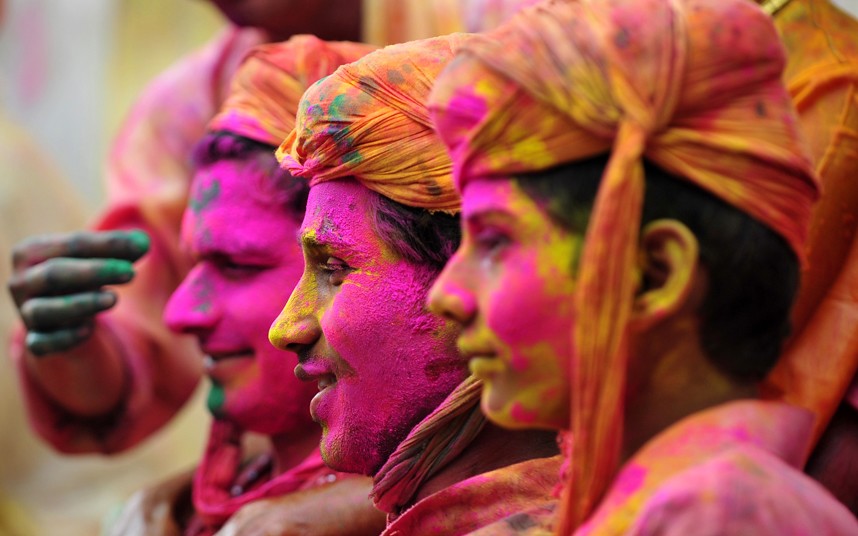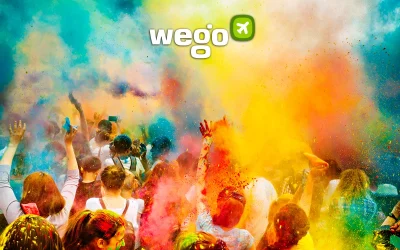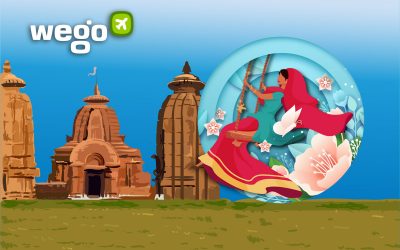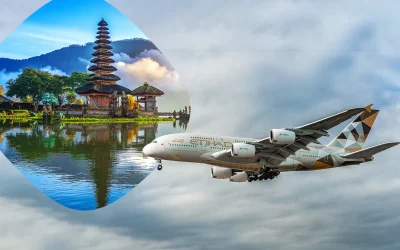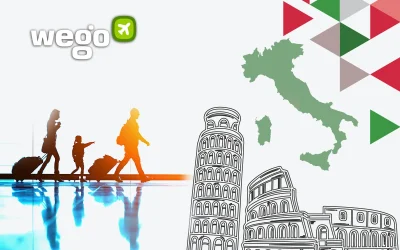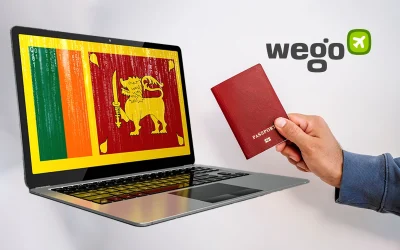If India wasn’t colourful enough you’ll never experience a more vibrant occasion than during the country’s festival of Holi which begins today. Holi involves an exuberant casting of pastel coloured powder on friends, family and every passer by with each colour symbolising a particular sentiment (see below). A little like Thailand‘s Songkran festival where people take to the streets with water-guns and any manner of soaking device, yet far more colourful.
As the morning of Holi dawns, people gather in the streets wearing old clothes and proceed to smear coloured powder over each other. Over the years the level of exuberance and celebration has come to include the throwing of eggs and raw tomatoes, fizzing colour mixes that froth and bubble in water, coloured water balloon fights and the new and more recent colour additions of black and silver which resist fading even after bathing. Some households prepare Bhang ki Thandai a cold milk based drink prepared with ground marijuana leaves mixed with almonds and spices, to add to the uninhibited spirit of celebration.
If you have ever considered planning a trip to India, this is a great time to coincide a visit. Celebrated throughout the country, the festival of Holi is a particularly entertaining and fun experience. Historically, Holi celebrates the beginning of spring, when agricultural produce is abundant and the land is fertile. People smear colour on each other to celebrate the coming of spring and bid farewell to the cold winter. Bonfires are lit in street corners to ward off evil spirits and create positive energy and each household prepares snacks to share with guests and neighbours.
- Red: Purity
- Orange: Endurance
- Purple: Magic
- Blue: Calmness
- Green: Vitality
- Yellow: Happiness
- Pink: Love
Whenever you plan any trip in India be sure to check a cultural calendar and incorporate an experience like Holi. It’s a great way to meet people, learn about the true culture and have great fun while you’re at it!
Have you experienced India’s Holi celebrations? Tell us about it.

